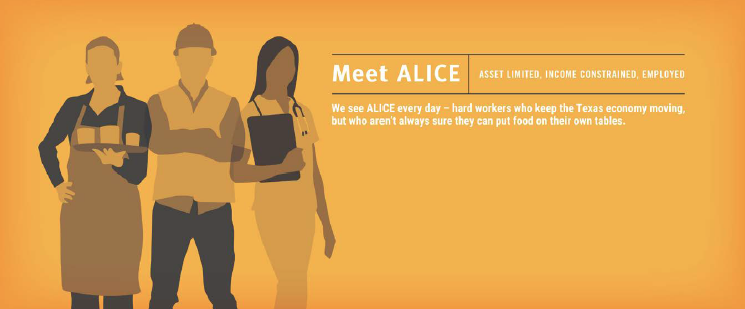A new report says a third of households in Travis County struggle to make ends meet; in Austin, that number was higher, at 42 percent.
Travis County’s cost of living was significantly higher than the statewide average, according to the analysis by United Way. The snapshot found it costs nearly $66,000 to raise a family of four in Travis County, compared to the statewide average of $53,000 a year.
The study’s author, Stephanie Hoopes, says the study found an overall disparity in costs of living and wages across the state – despite low unemployment numbers in Texas.
“In all these places, we’re finding a mismatch between that basic cost of living and what wages in that area pay,” she said.
Hoopes says it’s the first time the study has been rolled out in Texas, and that it has given insight to 18 other states into the number of people under the federal poverty limit (FPL) – but also highlight the number of workers with low wages and little to no savings.
Stephanie O’Banion, president and CEO of United Way Central Texas, says she hopes the study can increase and inform affordability-minded policy in the region.
“[These people are] basically one kind of emergency away from falling into some sort of financial crisis that would cause them to not really be able to regain their sustainability and potentially just fall into poverty,” she said.
In Travis County, the minimum income to meet basic needs for a family of four needs to be nearly three times the FPL, according to 2016 data. Single adults, the analysis found, need to earn nearly double the FPL to survive.
In Austin, 42 percent of households were classified as struggling by the analysis, nearly 140,000 households.
David C. Smith, president of the United Way for Greater Austin, says the report highlights the burden of high costs of living for families, specifically. Over 40 percent of the children in Austin are living in low-income households, he said.
“We don’t see that every day necessarily, but they’re certainly right here in our communities,” Smith said. “These are people who are working hard and working full-time. They’re just still barely getting by and struggling.”
You can read the study here.
